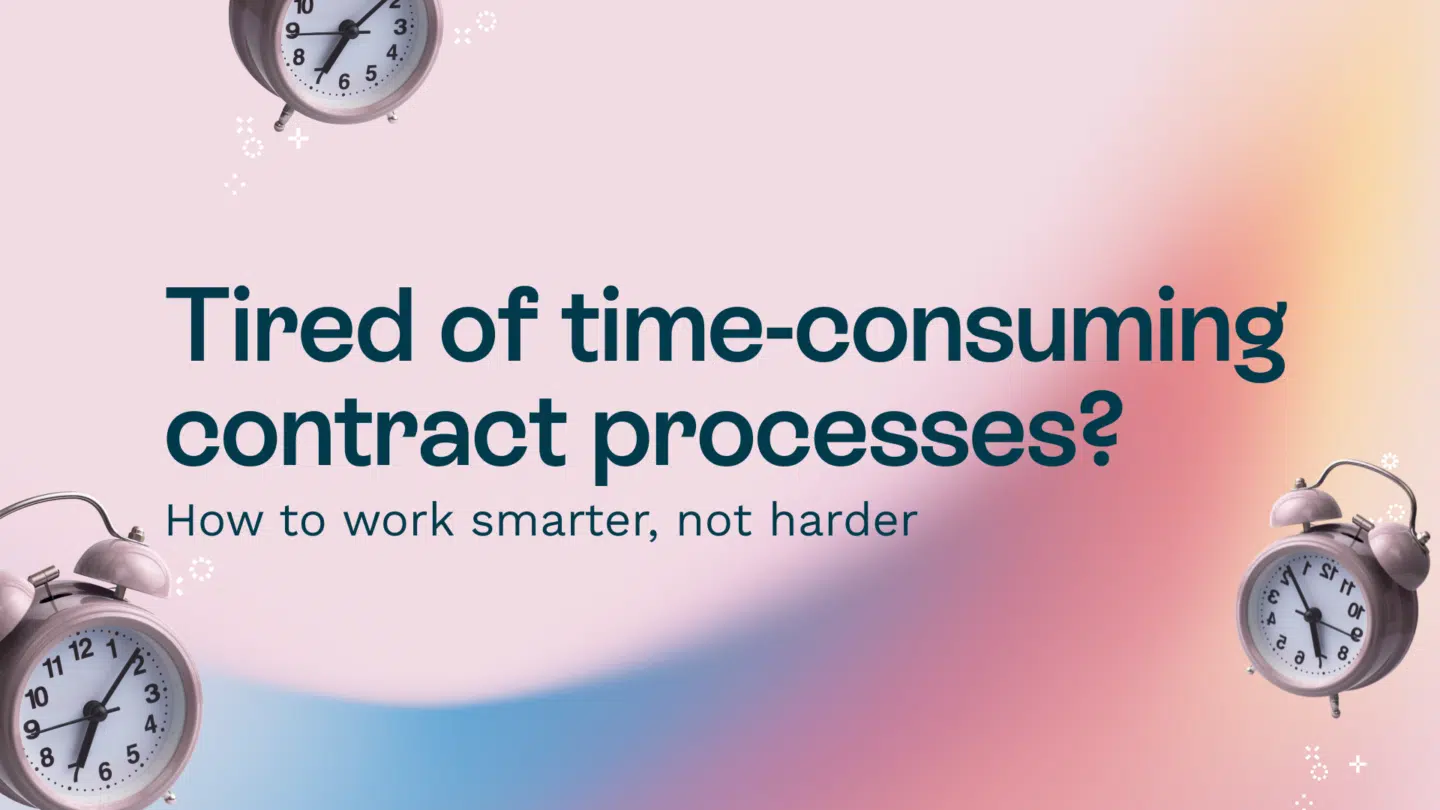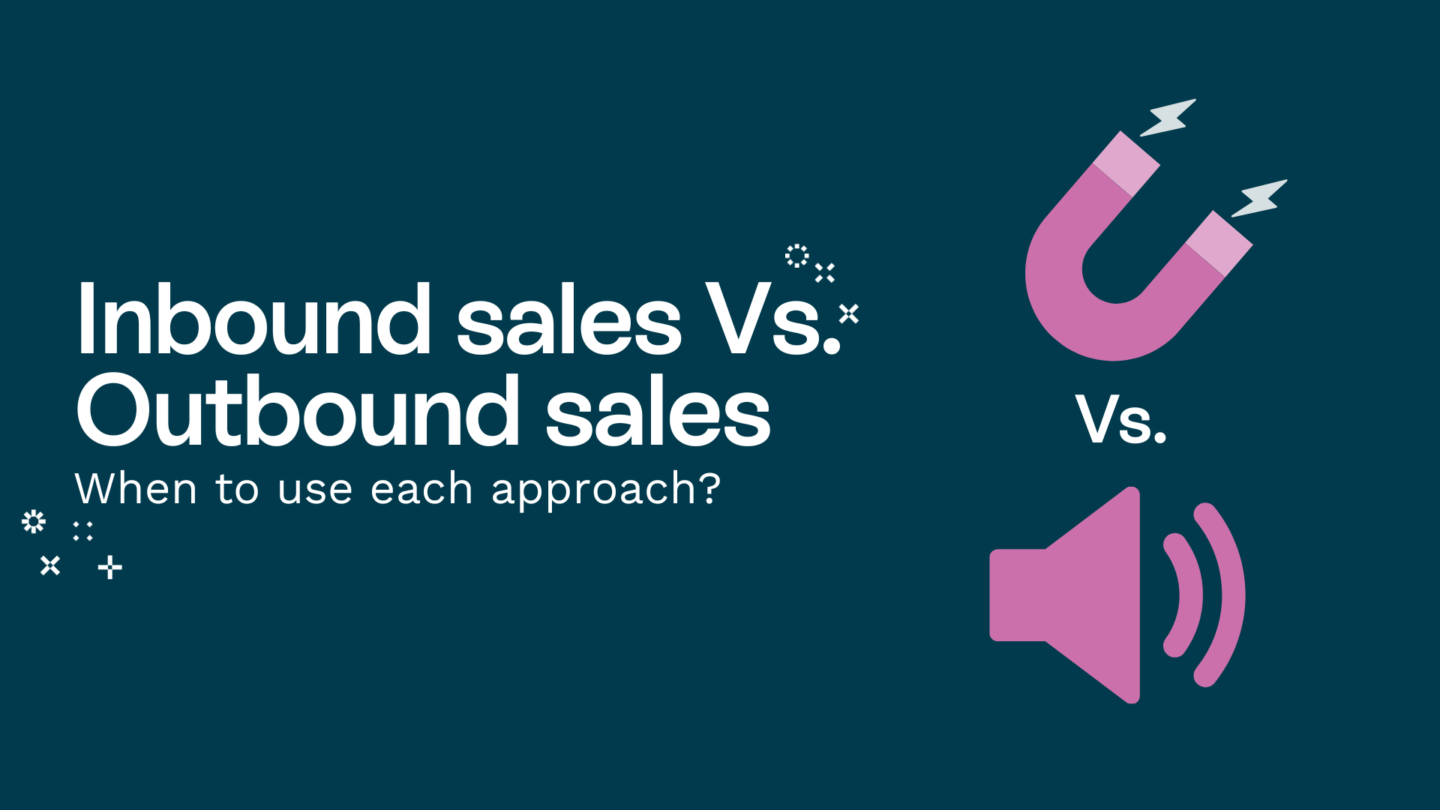In today’s fast-paced business world, having an effective Contract Lifecycle Management (CLM) system is crucial for organizations to streamline their processes, reduce risks, and ultimately drive business success. However, implementing a CLM system can be a complex endeavor that requires careful planning and execution. In this article, we will guide you through the key steps involved in ensuring a successful CLM implementation.
The basics of Contract lifecycle management implementation
Before diving into the implementation process, it’s important to understand the basics of CLM and its importance. CLM refers to the end-to-end management of contracts, from their creation and negotiation to their execution and renewal. A robust CLM system allows organizations to centralize their contract data, automate workflows, and gain insights into contract performance.
Implementing a CLM system can bring numerous benefits to an organization. By centralizing contract data, organizations can easily access and manage their contracts, reducing the risk of lost or misplaced agreements. With automated workflows, organizations can streamline the contract lifecycle, reducing manual errors and saving time. Additionally, gaining insights into contract performance can help organizations identify areas for improvement, negotiate better terms, and mitigate risks.
When implementing a CLM system, it is essential to define the key components that will contribute to its success. This includes establishing clear governance and ownership of the CLM system. By assigning responsibility to specific individuals or teams, organizations can ensure accountability and effective management of the system.
Defining the scope and objectives of the CLM implementation is another crucial step. Organizations must determine what aspects of the contract lifecycle they want to automate and improve. This could include contract creation, negotiation, approval processes, compliance monitoring, and renewal management. By clearly defining the scope, organizations can focus their efforts and resources on the most critical areas.
Identifying the necessary resources and technology infrastructure is also vital for a successful CLM implementation. Organizations should assess their current systems and determine if they have the necessary tools and technology to support the CLM system. This may involve evaluating existing contract management software or investing in new solutions that align with the organization’s needs and goals.
Furthermore, organizations should consider the training and change management aspects of CLM implementation. It’s crucial to provide adequate training to users who will be interacting with the CLM system, ensuring they understand its functionalities and benefits. Change management strategies should also be implemented to address any resistance or challenges that may arise during the implementation process.
Read also: Don’t take our word for it. Hear what our users have to say about Oneflow.

Preparing for your CLM implementation
Preparing for a Contract Lifecycle Management (CLM) implementation involves assembling the right team and setting clear goals. This process is crucial for ensuring a successful implementation and maximizing the benefits of your CLM system.
Start by bringing together key stakeholders from legal, procurement, and other relevant departments to form a cross-functional implementation team. This team will play a vital role in driving the CLM implementation forward, ensuring alignment, and addressing any challenges that may arise.
When assembling the implementation team, it is important to consider individuals with diverse expertise and perspectives. Including representatives from legal, procurement, finance, and IT departments can provide a holistic view and help identify potential issues or opportunities that may arise during the implementation process.
Once the implementation team is in place, it is crucial to set clear goals and objectives for the CLM implementation. This step will help guide the implementation process and ensure that everyone is working towards a common purpose.
Identify what you want to achieve with the CLM system. Is it reducing contract cycle times, improving compliance, increasing transparency, or all of the above? By setting specific and measurable goals, you can track progress and evaluate the success of your implementation.
Reducing contract cycle times can have a significant impact on your organization’s efficiency and bottom line. By streamlining the contract creation, negotiation, and approval processes, you can accelerate business operations and drive revenue growth.
Improving compliance is another important goal to consider. With the ever-changing regulatory landscape, organizations need to ensure that they are adhering to relevant laws and regulations. Implementing a CLM system can help automate compliance checks, flag potential risks, and ensure that contracts are in line with legal requirements.
Increasing transparency is also a key objective for many organizations. By centralizing contract data and making it easily accessible, you can enhance visibility into contract terms, obligations, and performance. This transparency can foster better collaboration, mitigate risks, and improve decision-making.
It is worth noting that the goals and objectives of your CLM implementation may evolve over time. As you gain experience with the system and identify additional opportunities, you can adjust your goals accordingly.
Remember, preparing for a CLM implementation is not just about assembling a team and setting goals. It also involves assessing your current contract management processes, identifying pain points, and mapping out the desired future state. By taking the time to thoroughly understand your organization’s needs and challenges, you can tailor the implementation process to address specific pain points and drive meaningful improvements.
Overall, a well-prepared CLM implementation can have a transformative impact on your organization’s contract management practices. By assembling the right team, setting clear goals, and addressing key pain points, you can streamline operations, improve compliance, and drive business growth.
Read also: Where to find free business templates?

Choosing the right CLM software
The next crucial step in ensuring a successful CLM implementation is selecting the right CLM software that aligns with your organization’s needs and requirements. Start by evaluating different CLM software options available in the market. Determine which features and functionalities are essential for your organization. Consider factors such as scalability, integration capabilities, reporting capabilities, and user-friendly interfaces.
When choosing a CLM software, don’t forget to consider the vendor’s reputation, customer support, and their track record in implementing CLM solutions for similar organizations. Look for customer testimonials and case studies to gauge their success stories. Consult with your implementation team to gather their insights and ensure that the selected CLM software will meet their specific departmental needs.
Implementing your CLM system
Once you have selected the right CLM software, it’s time to implement the system. This involves following a step-by-step guide that outlines the necessary actions and milestones to achieve a successful CLM implementation. Start by defining the workflows and processes that will be automated within the CLM system. Map out the various stages of contract management, from contract creation to approval and renewal.
During the implementation process, it’s common to face challenges. These challenges could range from resistance from users to data migration issues. To overcome these challenges, it’s important to communicate with the implementation team, provide comprehensive training, and address any concerns promptly. Regularly monitor progress, address issues, and make adjustments as necessary.
Read also: A basic guide on electronic signatures and what makes them legal

Post-implementation: Ensuring CLM success
Implementing a CLM system is not just a one-time project; it requires ongoing efforts to ensure its success. One crucial aspect of post-implementation is training your team on the new CLM system. Provide comprehensive training sessions to all users to familiarize them with the system’s features and functionalities. Empower them to make the most of the CLM system and encourage user adoption.
Additionally, monitor your CLM system’s performance and make improvements as necessary. Regularly review contract data, key metrics, and user feedback to identify areas for enhancement and optimize the system accordingly. This continuous monitoring and improvement will ensure that your CLM system remains effective and aligned with your organization’s evolving needs.
By following these steps and best practices, you can ensure a successful CLM implementation. Keep in mind that CLM implementation is not just a technical project – it’s a strategic initiative that requires collaboration, clear goals, and ongoing commitment from all stakeholders. With the right approach, your organization can reap the benefits of a streamlined contract management process and thrive in today’s competitive business landscape.








